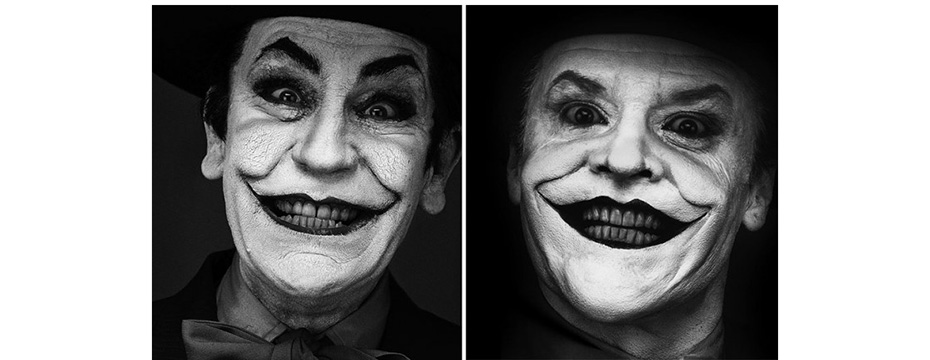How To Structure A Video Essay
Somehow this seems like an appropriate story for the first day of April, 2015. If you want to make video essays, there’s no better film to study than Orson Welles’ 1973 masterpiece, F for Fake. There are a million lessons to take away from it, but today, let’s see what it has to teach us about structure. NO SPOILERS.
“F for Fake” is the last major film completed by Orson Welles, who directed, co-wrote, and starred in the film. Initially released in 1974, it focuses on Elmyr de Hory’s recounting of his career as a professional art forger; de Hory’s story serves as the backdrop for a fast-paced, meandering investigation of the natures of authorship and authenticity, as well as the basis of the value of art. Loosely a documentary, the film operates in several different genres and has been described as a kind of film essay.
Far from serving as a traditional documentary on Elmyr de Hory, the film also incorporates Welles’s companion Oja Kodar, notorious “hoax-biographer” Clifford Irving, and Orson Welles as himself.
In addition to the 85-minute film, in 1976 Welles also shot and edited a self-contained 9-minute short film as a “trailer”, almost entirely composed of original material not found in the main film itself.
For educational purposes only. You can donate to support the channel at
Patreon: patreon.com/everyframeapainting
And follow Tony here:
Twitter: twitter.com/tonyszhou
Facebook: facebook.com/everyframeapainting
Music:
Duke Ellington, Charles Mingus & Max Roach – Very Special
Michel Legrand – F for Fake (Cinéma)
A Tribe Called Quest – Oh My God (Instrumental)
Michel Legrand – Orson’s Theme (After the Rain Version)
A Tribe Called Quest – Oh My God
Interview Clips:
Trey Parker & Matt Stone at NYU: nyti.ms/1bNx6xf
John Sturges’ legendary audio commentary: bit.ly/1C2Jq1J
F for Fake additional information from Wikipedia.org
Please rate this story, and share it with your friends? [ratings]








